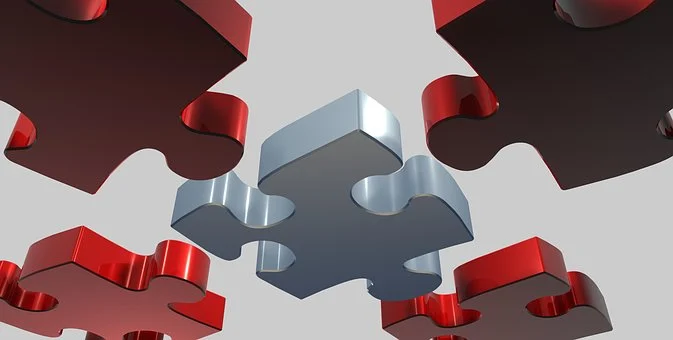Blog
Jul 05, 2022
Experienced, multi-functional proposal managers
Construct winning narrative
Make your bid look its best
Leverage our expertise to make your proposals stronge
Let BZ be your go-to proposal resource
Win a seat on critical contracts
Hight quality, rapid response assistance
 Without a strong solution, our proposals are doomed to fail. A good solution explains our solution, focuses our writers, and makes sure we provide value to the client. If we do not have a strong solution, we are basically a rudderless ship. However, we cannot just will a great solution into being. It takes hard work, patience, and a focused team to articulate what we will do and why we are the best fit for the client. So how do we develop winning solutions that gives our team the tools to succeed? Here are four tips for proposal professionals on how to ensure we are on the right page.
Without a strong solution, our proposals are doomed to fail. A good solution explains our solution, focuses our writers, and makes sure we provide value to the client. If we do not have a strong solution, we are basically a rudderless ship. However, we cannot just will a great solution into being. It takes hard work, patience, and a focused team to articulate what we will do and why we are the best fit for the client. So how do we develop winning solutions that gives our team the tools to succeed? Here are four tips for proposal professionals on how to ensure we are on the right page.
Tip 1 – Remember There is More Than One Solution. When we sit down to develop a solution for our bids, people all too often default to the technical solution. However, we need to make sure we remember there are multiple solutions in our bid. Each main section needs to have its own dedicated solution. Usually, those solutions include:
Each solution needs to detail, at a high level, how we are going to answer the client’s needs and requirements, what makes our solution stand out from the competition, and what proof we have that we can implement the solution for the client’s benefit. That leads directly to Tip 2:
 Tip 2 – Collective Development. The best way to develop a solution is to have an overarching solution development session that brings the right people together to address client needs. I like to get together the best minds within the organization in the technical area(s) being discussed, those with deep organizational knowledge of strengths and experience, and those involved with the client (including capture resources). This meeting should occur well before the solicitation release to enable the team to get ahead of the opportunity. However, if needed, it can be help right after the RFP release.
Tip 2 – Collective Development. The best way to develop a solution is to have an overarching solution development session that brings the right people together to address client needs. I like to get together the best minds within the organization in the technical area(s) being discussed, those with deep organizational knowledge of strengths and experience, and those involved with the client (including capture resources). This meeting should occur well before the solicitation release to enable the team to get ahead of the opportunity. However, if needed, it can be help right after the RFP release.
We begin the session by discussing win themes, and then move to identifying key solution ideas. We focus on the hot buttons/client needs and what we bring to the table to address those needs. We define the key benefits to the client, and look for potential innovations and ways in which we can exceed requirements to improve our scoring during evaluation. These are brainstorming sessions – we document everything that comes up and then look to sort through all the ideas to find the nuggets.
The session provides a quality kickoff to allow our personnel to begin building the solution. Their marching orders out of the meeting are to develop the details around the solution at a high level. We are looking for a solution at a level of detail to enable writers to develop the content in their section(s). Giving the writers a framework within which to develop their pieces allows the team to quickly develop connected, focused content.
Tip 3 – Your Solution is a Living Document. We should not look at the solution developed during these sessions as the final, locked answer. In fact, we should be regularly revisiting our solution as we learn more about the client, get further clarity about the requirements, add team members with additional capabilities, or have additional substantiation or examples of success. Depending on the timing of the meeting (hopefully, as I mentioned earlier, pre-RFP), we should look to have follow-up reviews every month or so. This allows our bid leadership team to ensure we are still focused on providing a solution that best meets client needs.
Conclusion. Our proposals require a powerful, focused solution to ensure we provide a high-quality, tailored response that speaks to answering our client’s needs. Focusing on developing and detailing these critical solutions helps our writers be prepared to put together their sections and puts us in a position to win.
